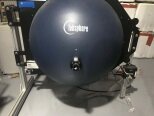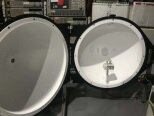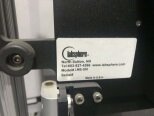Used LAPSPHERE LMS-200 #9207325 for sale
URL successfully copied!
Tap to zoom
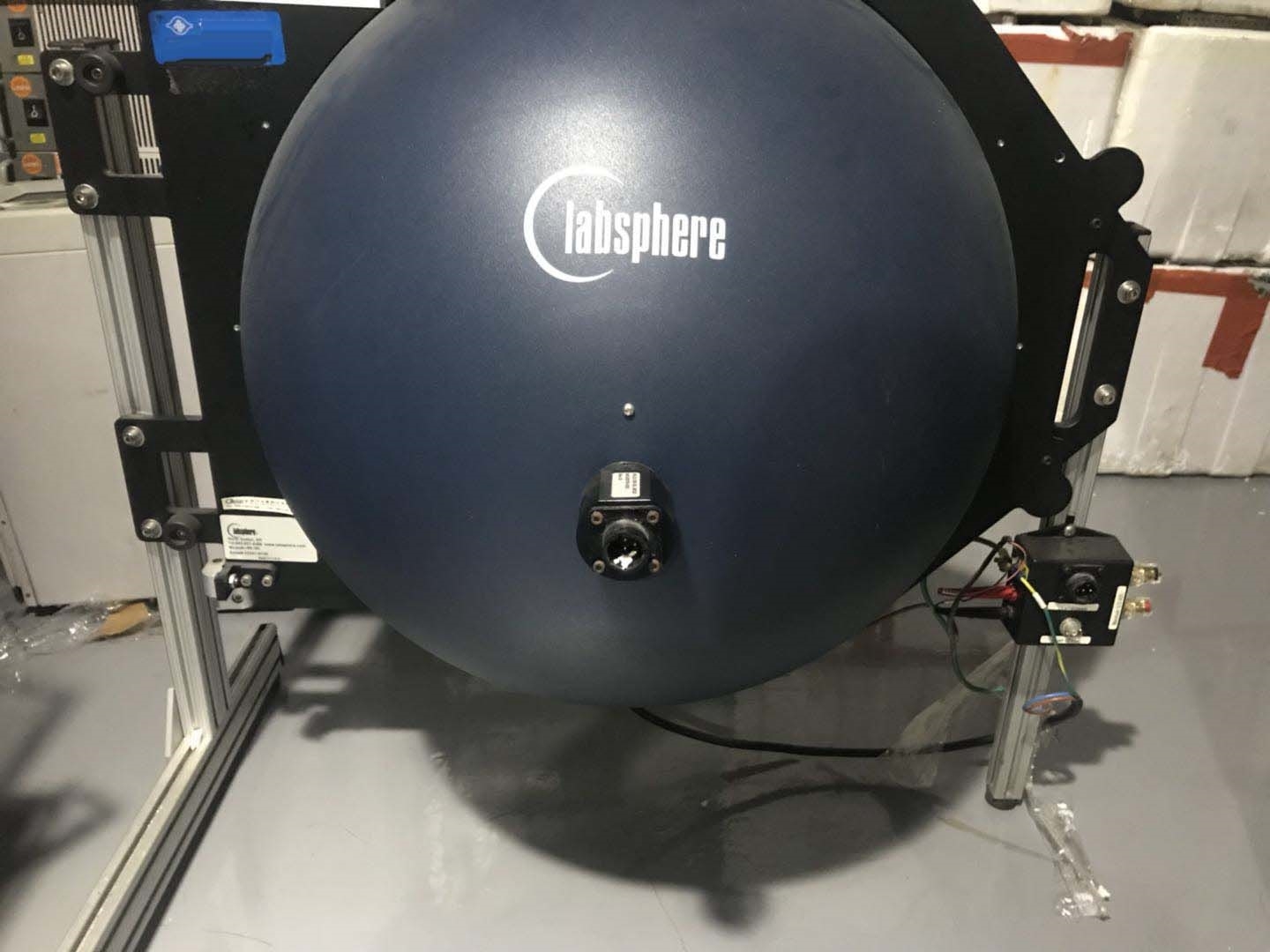

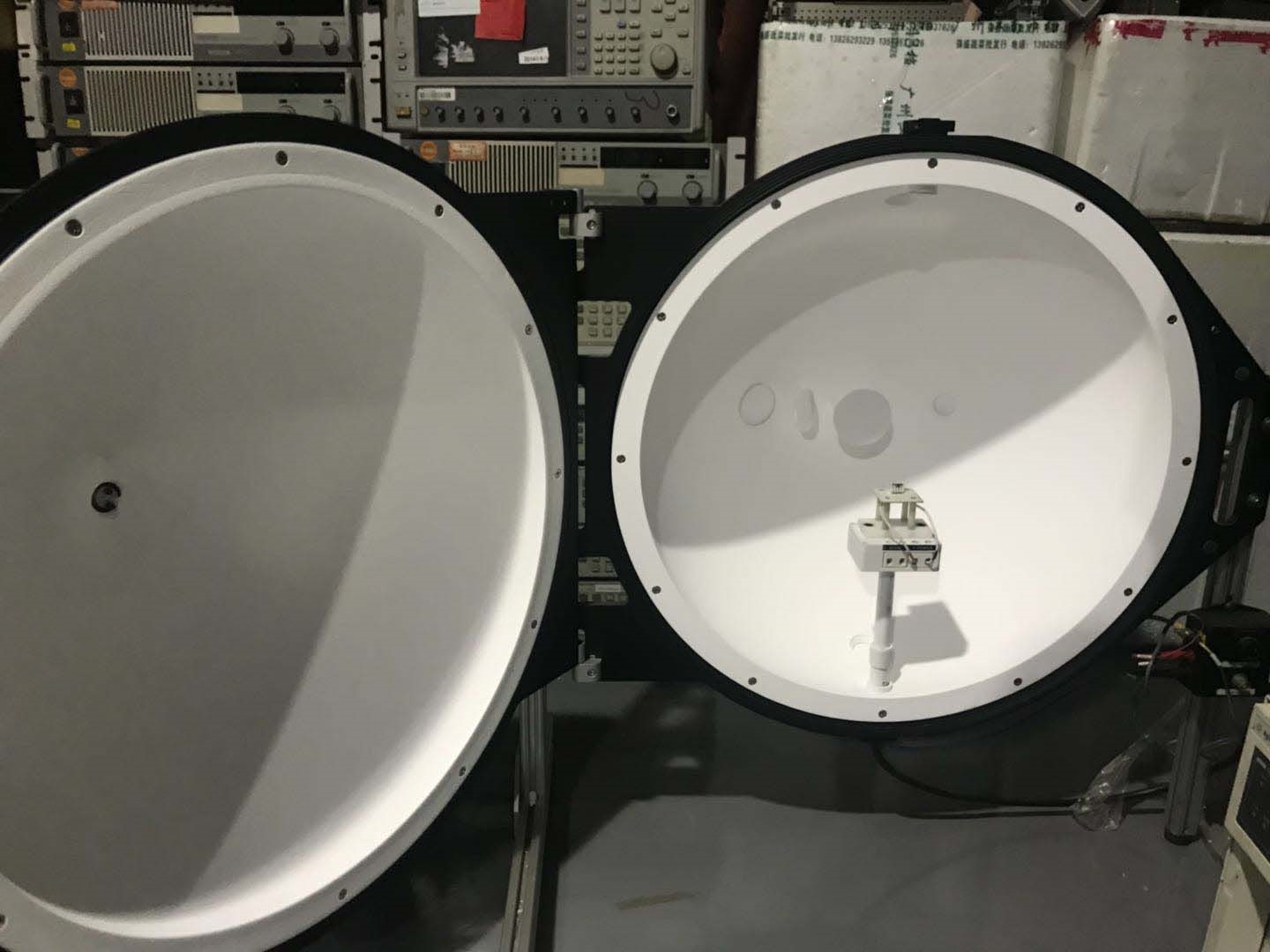

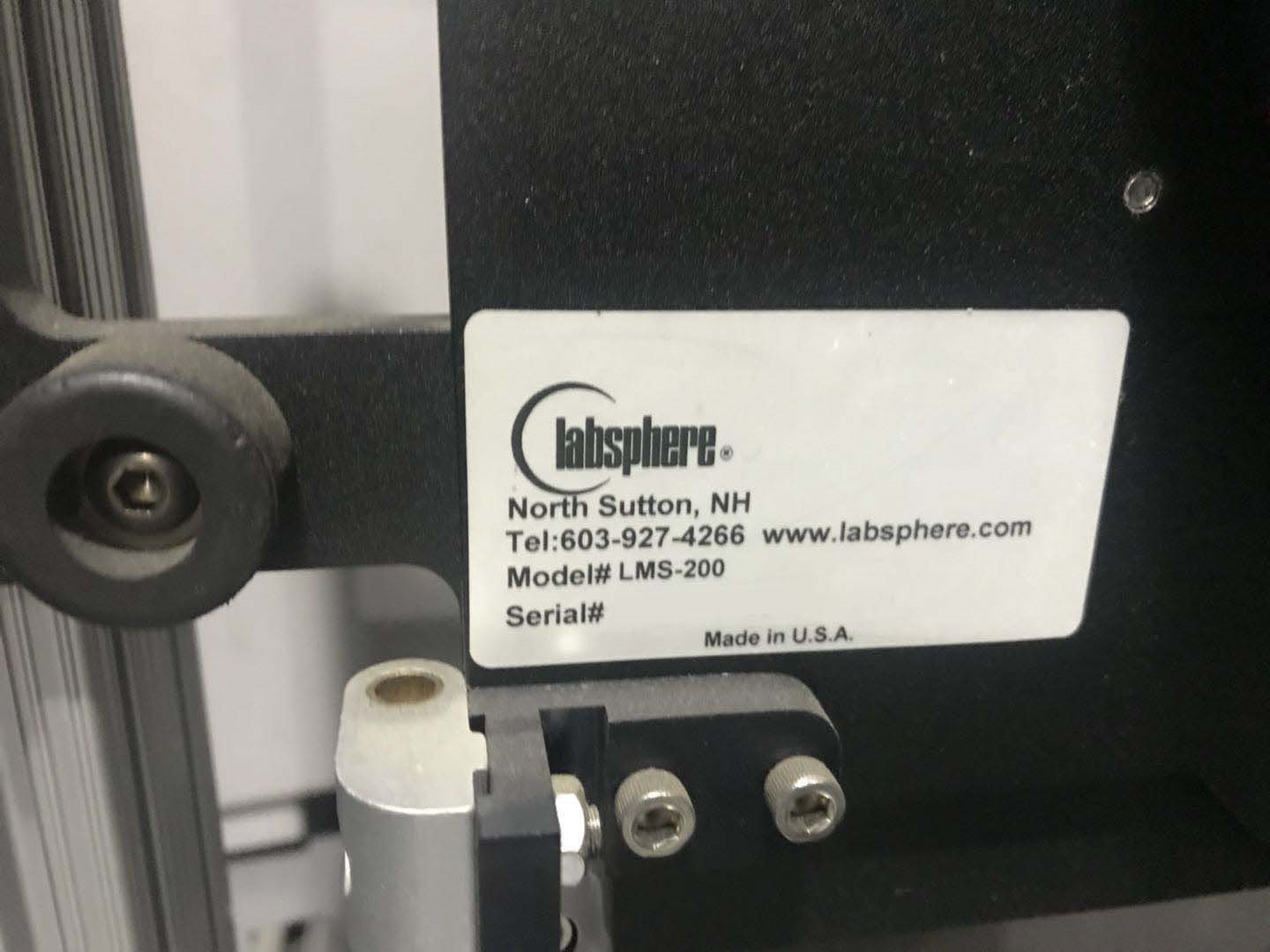

LAPSPHERE LMS-200 spectrometer is a tool used to measure absorption and emission spectra of optically active molecules. It is an analytical instrument that combines light collection optics with a light source, a detector, and a computer to process the data. LMS-200 has two operating configurations: single beam and double beam. In the single beam configuration, LAPSPHERE LMS-200 spectrometer uses a monochromator to separate incoming light into its component wavelengths. The monochromator consists of a series of thin parallel plates separated by identical spacings to create a diffracted pattern of light. The optical assembly of LMS-200 uses a combination of mirrors, lenses, and slit apertures to focus the light and direct it to the sample, typically a liquid or solution. Once the sample absorbs a certain amount of light, the remaining monochromatic light is sent to a detector which converts it into an electrical signal. This signal is then analyzed by the computer to obtain the spectral information. The double beam configuration enables simultaneous measurement of absorbance and transmission spectra. It also gives more accurate measurements, as noise in the measurements can be eliminated by subtracting the sample's absorbance data from its transmission data. LAPSPHERE LMS-200's optical components include a broadband xenon source, a double-grating monochromator, a pair of directional slits, and a detector. The source is used to provide the sample with light of different wavelengths, which is then reflected, diffracted and dispersed by the monochromator's two grating components. The directional slits allow for higher resolution measurements by preventing unwanted light from the source from reaching the detector. The detector is used to convert the light signal to an electronic signal that can be analyzed by the computer. LMS-200 spectrometer is an ideal tool for applications such as chemical analysis, environmental monitoring, and biomedical research. It provides accurate and reliable measurements and can be tailored to various applications by changing the optical components. The computer interfacing and software provide the user with a range of options, from basic data analysis to spectral matching and quantitative analysis.
There are no reviews yet
